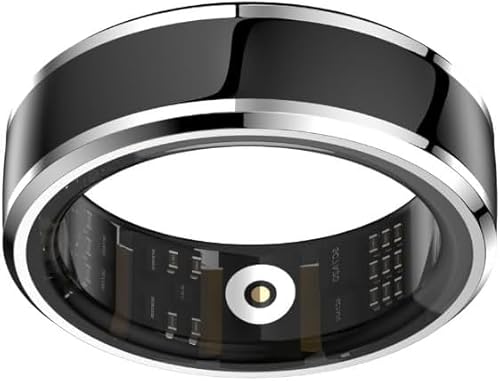J
Jurassic Cowboy
CE Valves
CE Valves
Calif. Jim:
In an effort to clear up your confusion about the traditional CE Perimount vs the new CE Perimount Magna valve I went looking in my "library" of this stuff. For sure the CE Perimount is a stented valve, as that is the way it is always described in the scientific literature. I cannot find anything in the Edwards literature that says if the Magna is stented or not, but the pictures of the two kinds of valves look very similar. There is no scientific literature on the Magna as yet because it is very new. The "Device Description for Patients," written by Edwards, of the Magna valve reads as follows.
"The Magna valve is supplied sterile. It has three valve leaflets made from bovine (cow) pericardium. The leaflets have been preserved and mounted on a flexible frame. Because the Magna valve is made from tissue, it is called a bioprosthesis, tissue valve, or pericardial valve."
Now, I'm not exactly sure what a stent is at this point, but if the Magna valve is stented I am guessing it is the "flexible frame" described above. Maybe someone else, possibly Phyllis, knows the answer to this one. In any event, I believe the model number for the aortic Magna valve is 3000 possibly with some letters as a suffix describing the tissue fixing process.
The thing that attracted me to the CE Perimount valve initially was the amount of scientific literature available on it that statistically evaluates the valve's longevity vs other valves, the patient's age at implant and other factors. The fact that the Cleveland Clinic seems to prefer this tissue valve cemented my opinion of it. There are no corresponding statistical studies on the Magna valve because it is so new. However, it does not look physically like a radical departure from the traditional CE Perimount valve. If I had to decide today, I'd probably go with the Magna valve and in another 20 years I'd be one more number in the next big statistical study on these valves.
In any event, you're not me and you have to make your own decision. But I don't think you can go too far wrong here. If you have any other thoughts, come back online. If not, good luck with the surgery and give us a yell when you're back up to it!
Good luck, Jurassic Cowboy
CE Valves
Calif. Jim:
In an effort to clear up your confusion about the traditional CE Perimount vs the new CE Perimount Magna valve I went looking in my "library" of this stuff. For sure the CE Perimount is a stented valve, as that is the way it is always described in the scientific literature. I cannot find anything in the Edwards literature that says if the Magna is stented or not, but the pictures of the two kinds of valves look very similar. There is no scientific literature on the Magna as yet because it is very new. The "Device Description for Patients," written by Edwards, of the Magna valve reads as follows.
"The Magna valve is supplied sterile. It has three valve leaflets made from bovine (cow) pericardium. The leaflets have been preserved and mounted on a flexible frame. Because the Magna valve is made from tissue, it is called a bioprosthesis, tissue valve, or pericardial valve."
Now, I'm not exactly sure what a stent is at this point, but if the Magna valve is stented I am guessing it is the "flexible frame" described above. Maybe someone else, possibly Phyllis, knows the answer to this one. In any event, I believe the model number for the aortic Magna valve is 3000 possibly with some letters as a suffix describing the tissue fixing process.
The thing that attracted me to the CE Perimount valve initially was the amount of scientific literature available on it that statistically evaluates the valve's longevity vs other valves, the patient's age at implant and other factors. The fact that the Cleveland Clinic seems to prefer this tissue valve cemented my opinion of it. There are no corresponding statistical studies on the Magna valve because it is so new. However, it does not look physically like a radical departure from the traditional CE Perimount valve. If I had to decide today, I'd probably go with the Magna valve and in another 20 years I'd be one more number in the next big statistical study on these valves.
In any event, you're not me and you have to make your own decision. But I don't think you can go too far wrong here. If you have any other thoughts, come back online. If not, good luck with the surgery and give us a yell when you're back up to it!
Good luck, Jurassic Cowboy






















